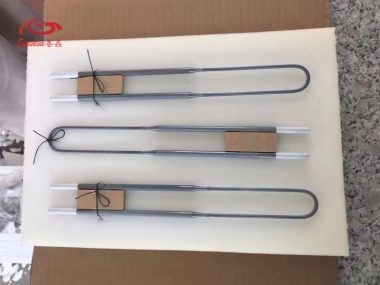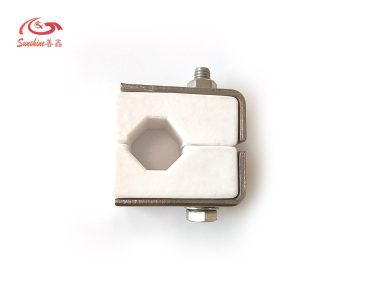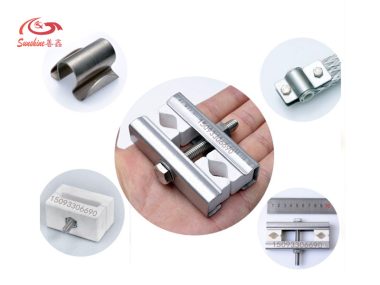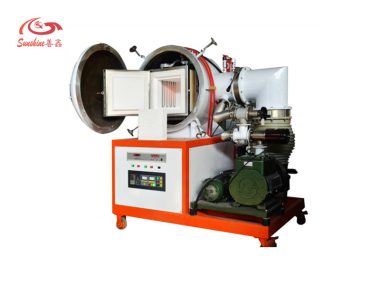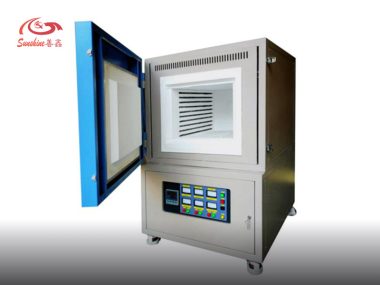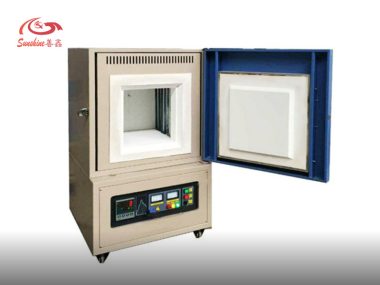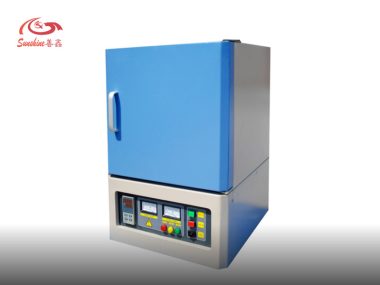مورد محترف لعناصر التسخين في الصين
High Temperature Materials Wholesaler
Henan SUNSHINE high temperature materials CO., LTD specialized in manufacturing Molybdenum Disilicide (MoSi2) heating elements,Silicon Carbide Heating Elements and other high temperature materials more than 20 years.
In the last 20 years, Sunshine has branched out into various other fields of manufacturing, namely ceramic fiber, fire brick, industrial furnaces and furnace accessories and other related silicon carbide and silicon nitride products.
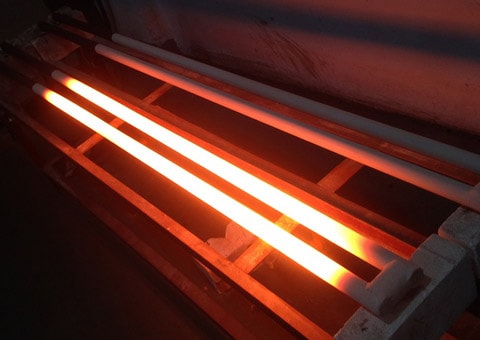
عناصر التسخين من كربيد السيليكون ومركب ثاني أكسيد الموليبدينوم (MoSi2)
نحن نصنع ونورد أعمدة تسخين فرن كهربائي بمواصفات متنوعة
ملحق سلك نحاسي مضفور لمدفأة MoSi2
ملحق سلك نحاسي مضفور لمدفأة MoSi2 هو نوع من الشريط النحاسي المضفور وعنصر التسخين من مركب ثاني أكسيد الموليبدينوم الذي يتم دمجه بشكل وثيق بواسطة تقنية خاصة لتكوين هيكل متكامل.
عنصر التسخين من مركب ثاني أكسيد الموليبدينوم (MoSi2) بدرجة حرارة 1900 درجة مئوية
عناصر التسخين من مركب ثاني أكسيد الموليبدينوم بدرجة حرارة 1900 درجة مئوية متاحة بأشكال متعددة، مثل العناصر المستقيمة والعناصر بشكل حرف U والعناصر بشكل حرف W والعناصر بشكل حرف L أو عناصر مثنية في مجموعة واسعة من الأشكال والأحجام، وتتميز جميعها بعمر طويل وأداء متسق.
مدفأة MoSi2 فائقة النقاء
مدفأة MoSi2 فائقة النقاء هي الحلاقة النهائية لحلول التسخين عالية الحرارة للصناعات. أداؤها الاستثنائي، والمواد عالية النقاء، وإمكانية التخصيص تجعلها الخيار الأفضل للصناعات في جميع أنحاء العالم.
عنصر تسخين MoSi2 بشكل حرف W
عناصر تسخين MoSi2 بشكل حرف W، المعروفة أيضًا باسم عناصر تسخين مركب ثاني أكسيد الموليبدينوم، هي عناصر تسخين MoSi2 واحدة. يمكنها تحمل التآكل بدرجات حرارة عالية جدًا.
عنصر تسخين MoSi2 بشكل حرف U
يمكن استخدام عنصر تسخين MoSi2 بشكل حرف U في الفرن الكهربائي لدرجات حرارة تصل إلى 1900 درجة مئوية.
عنصر تسخين MoSi2 بشكل مستقيم
عمر خدمة طويل ومقاومة للتآكل ومضادة للأكسدة هي المزايا الأكثر وضوحًا لعنصر تسخين MoSi2 بشكل مستقيم من شركة سانشاين.
شكرًا لاهتمامك!
نتطلع إلى العمل من أجلك!
ملحقات الفرن والمدفأة
نحن نقوم بتصنيع وتوريد أفران كهربائية وملحقات ذات أسعار معقولة
أنبوب كربيد السيليكون SiC
أنبوب حماية من كربيد السيليكون يتمتع بخصائص قوة عالية تُقارن بالماس، ولديه توصيل حراري ممتاز وانتشار حراري منخفض ومقاومة للأحماض. يُستخدم لحماية أجهزة الاستشعار لدرجات الحرارة من التلف في البيئات القاسية، خاصة عند درجات حرارة عالية وفي الجوانب القاذرة.
هل تبحث عن موردي عناصر التدفئة عالية الجودة؟
مدونتنا
معرفة عناصر التسخين الإلكترونية
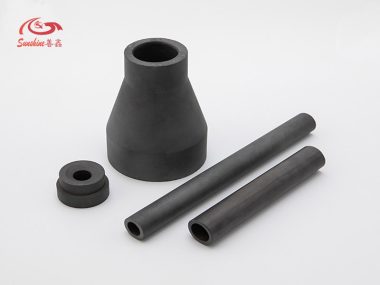
The application of non-pressure sintered silicon carbide and reactive sintered silicon carbide
In modern industrial production, silicon carbide is extensively used. pressureless sintered silicon carbide and reaction sintered silicon carbide are two primary methods of preparation. Both of these two methods have their own characteristics and and work well in certain situations. Let us summarize briefly the differences of t non-pressure sintered silicon carbide and reactive sintered […]
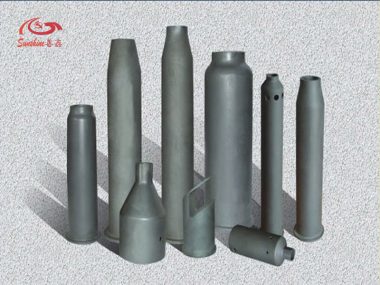
What is Reaction sintered silicon carbide ceramics?
Reaction sintering silicon carbide ceramics is also called Reaction Bonded Silicon Carbide (RBSiC/SiSiC). Reaction sintered silicon carbide uses a certain particle size distribution of silicon carbide (generally 1~10μm) and carbon mixed and formed green body, and then reacts with silicon at high temperature, part of silicon and carbon react to form SiC and combine with […]

What is Copper braided wire accessory mosi2 resistance
ملحق سلك النحاس المضفور لمقاومة mosi2 هو عنصر تسخين يحتوي على سلك نحاسي متصل كموصل كهربائي.
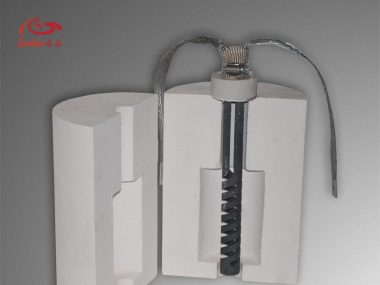
ماذا يجب أن ننتبه إليه عند تركيب واستبدال أعمدة السيليكون كربيد؟
تُستخدم أعمدة السيليكون كربيد في أفران الأنفاق وأفران الأسطوانات وأفران الزجاج وأفران الفراغ وأفران الغمر وأفران الصهر ومعدات التسخين المتنوعة.
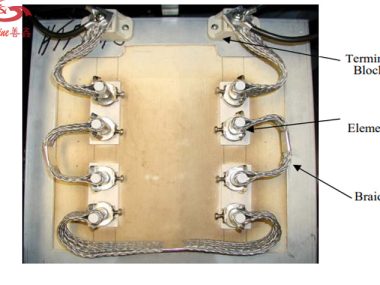
دليل التركيب لعنصر التسخين من ثنائي سيليسيد الموليبدينوم (MOSI2)
يجب تثبيت عنصر التسخين من ثنائي سيليسيد الموليبدينوم (MOSI2) عموديًا على أعلى الفرن، ويجب تثبيت العنصر في مكانه باستخدام مشبك الدعم لتجنب التوتر الميكانيكي والانحراف.
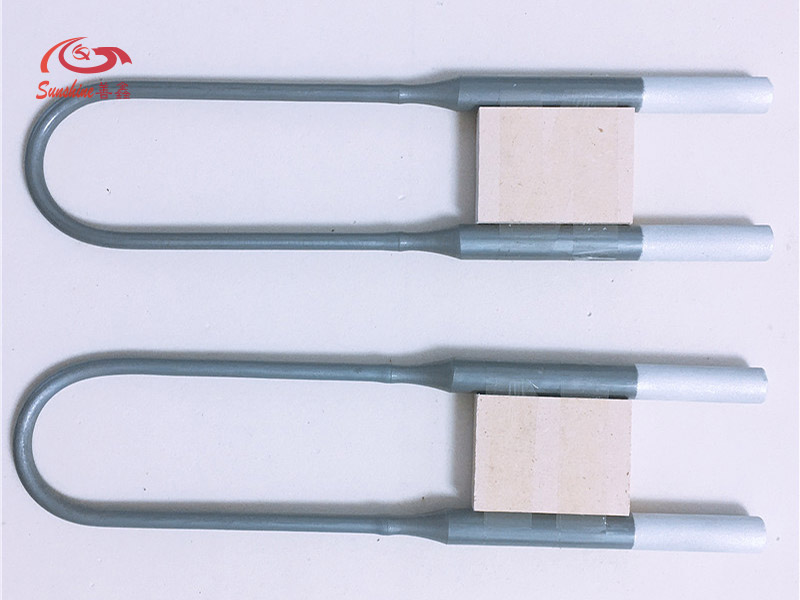
What are the improvements of 1900 Grade mosi2 heating element compared with 1700?
التحسينات المتوفرة في عنصر التسخين MOSI2 للصف 1900 مقارنة بعنصر التسخين MOSI2 للصف 1700 هي كالتالي:
عناصر التدفئة هي مواد قابلة للاستهلاك. لقد تعاونت مع العديد من الشركات المصنعة الصينية، منتجات شركة SUNSHINE ذات سعر معقول وجودة جيدة!
أحب منتجات سانشاين، معدل الفشل منخفض، لقد كنا نستخدم سخانات وملحقات سانشاين. ليس فقط بسبب السعر.
بالمقارنة مع علامات تجارية أخرى من عناصر التدفئة، تتمتع شركة SUNSHINE بجودة مستقرة وعمر خدمة طويل وكفاءة عالية. كما زادت القدرة الإنتاجية أيضًا بنسبة 5% في الربع الأخير.
